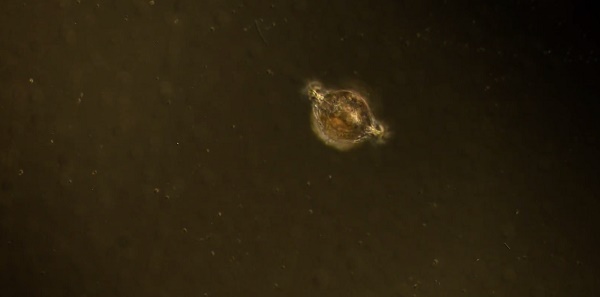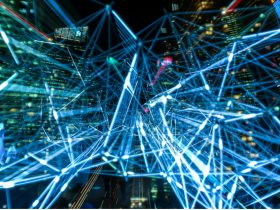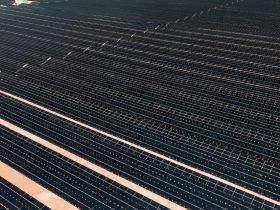In a huge Ocean with so many living things in it, there are these creatures so small most people never notice them, yet they are critical to all life in the oceans and on land: plankton. Planktons are incredibly tiny creatures that sometimes look like microscopic glass snowflakes, drifting through the ocean’s water column. But they are actually among the most important life forms in the ocean.

The word plankton comes from the Greek word planktos, which means drifter, or wanderer, which is precisely what plankton are!! They are tiny wandering plants and animals, drifting at the mercy of ocean waves, tides and winds. The technical definition of plankton is anything that lives in water and isn’t strong enough to swim against the current.
With their beautiful shapes and colors, Diatoms are one of the most common types of phytoplankton, and they are known for making silica (glass) cell walls, in an amazing variety of shapes and sizes. Diatoms aren’t just beautiful, they’re essential to life on earth. Phytoplankton produce 40 to 60 percent of the oxygen we breathe, and in the ocean they are the base of the food web.
However, with changing ocean conditions where billions of tons of carbon dioxide we emit into the atmosphere every year. The gas traps heat, slowly warming the sea surface. But is also changes the ocean’s chemistry. About a third of the carbon dioxide we emit is absorbed by the oceans, where it reacts with seawater to make it more acidic. As the level of carbon dioxide in the atmosphere has gone up over the past century, the ocean’s acidity has increased by about 30 percent, according to the National Oceanic and Atmospheric Administration. So a study was conducted to check if ocean acidification is going to negatively impact the phytoplankton. “We’re specifically trying to see if ocean acidification increases their growth rate or slows it down,” said William Cochlan, Romberg Tiburon Center, San Francisco State University’s marine lab in Marin County. So far, the scientists seen that in some cases phytoplankton grows faster in water with high amounts of carbon dioxide. But Cochlan cautions that growth rate isn’t the only indicator of health, and there could be negative impacts that they haven’t detected yet.
Not all plankton depends on carbon dioxide to grow. There is another class of drifters that act more like animals than plants, called zooplankton. Zooplankton mostly eat phytoplankton, though they sometimes each other. Zooplankton includes all drifting sea animals, from jellyfish to crab larvae. One of the biggest and most plentiful types of zooplankton is krill. They are only about the size of a paper clip, but abundant enough that enormous animals, like blue whales, can survive on a krill-only diet.
The future of these episodic bursts of productivity is unclear. A paper published last week in the journal Nature predicted that warmer waters and stronger winds will increase upwelling. But the paper’s authors say the separation between warm surface waters and cold deep water could also increase, so the upwelling might not bring up as many nutrients. It is still unknown, they say, how future changes in upwelling will affect marine life.
It’s pretty amazing to think that blue whales, the largest mammal ever live off of these tiny things. 100′ long monster eats little Betties you can barely see. Most people go through life without seeing Planktons up close. These tiny, beautiful, lungs of the planet, food for the sea are unsung heroes of the ocean.
Here is the link for the video which was part of KQED’s Deep Look series, and reveals a world that is almost invisible.






Leave a Reply